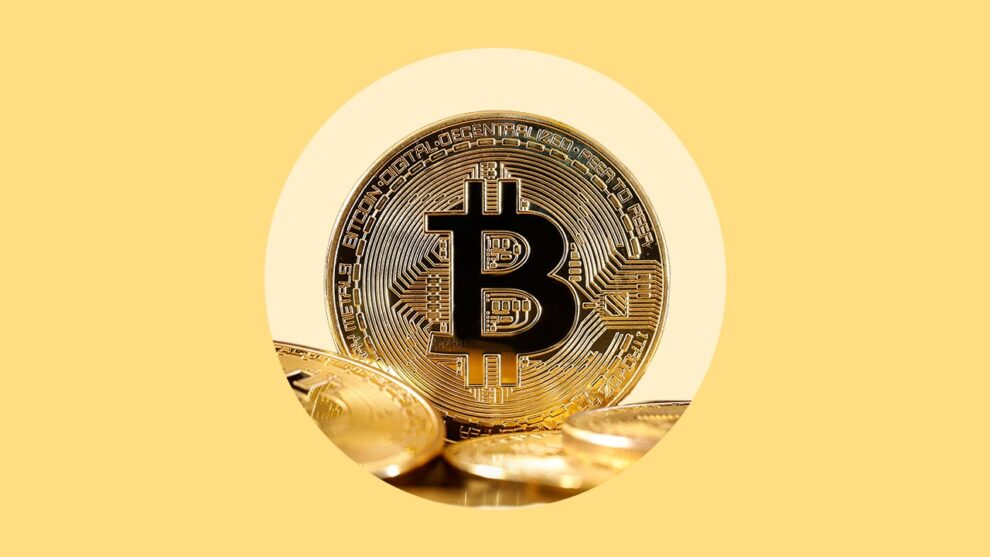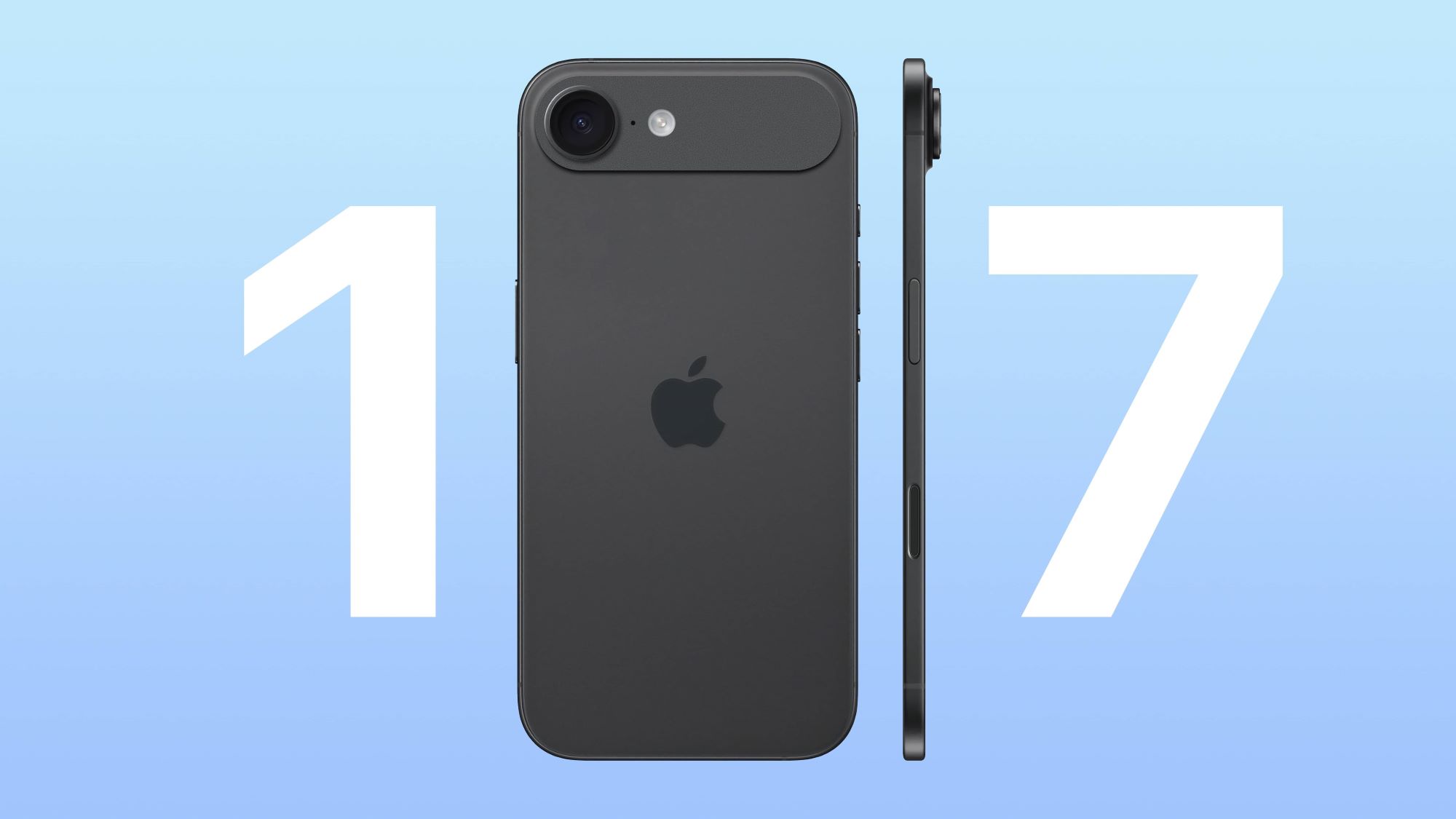The world of cryptocurrency isn’t one big connected network. It’s more like many different cities (blockchains) that don’t have roads connecting them directly. If you have crypto in one “city” (like Ethereum) and want to use it in another (like Polygon or Solana) – maybe to access a different app, find lower fees, or explore new opportunities – you need a way to travel between them. That’s where blockchain bridges come in.
Bridging lets you move assets or information from one blockchain to another. It sounds simple, but the technology is complex, and unfortunately, bridges have been targets for hackers in the past, leading to significant losses. I remember the first time I needed to bridge assets; it felt a little daunting because of the stories I’d heard. But with careful steps and understanding the risks, you can learn to do it safely.
This guide will explain how bridging works at a high level and walk you through the process with a strong focus on safety.
What is a Blockchain Bridge?
Think of a blockchain bridge as a secure pathway that connects two different blockchains, allowing assets or data to flow between them. Because blockchains are often built differently (they use different rules, programming languages, etc.), they can’t talk to each other natively. A bridge provides the necessary translation and mechanism to make the transfer happen.
Why Would You Use a Bridge?
People use bridges for several reasons:
- Access Different dApps: Many decentralized applications (dApps) only exist on specific blockchains.
- Lower Transaction Fees: Moving assets to a chain with lower gas fees (like Polygon or Arbitrum) makes interacting with dApps there more affordable.
- Faster Transactions: Some chains process transactions much quicker than others.
- Explore New Ecosystems: Discover new tokens, protocols, or investment opportunities on other chains.
How Bridging Generally Works (Simplified)
While bridge technology varies, a common method involves “locking” your asset on the original chain and “minting” an equivalent wrapped asset on the destination chain.
- You send your asset (e.g., ETH) to a smart contract address on Chain A.
- The bridge “locks” this ETH.
- The bridge then “mints” an equivalent amount of wrapped ETH (like wETH or a bridge-specific version) on Chain B.
- This wrapped ETH on Chain B represents your original ETH locked on Chain A. You can now use this wrapped ETH on Chain B’s ecosystem.
- To bridge back, you’d send the wrapped ETH on Chain B to the bridge’s address on Chain B. This wrapped ETH is “burned” (taken out of circulation).
- The bridge then “unlocks” the original ETH on Chain A and sends it back to your wallet address on Chain A.
This “lock and mint” or “burn and mint” process is foundational to many bridges. The trust assumption lies in the bridge correctly locking/burning and minting/unlocking.
Understanding the Risks (Know Before You Go)
It’s impossible to talk about bridging safely without addressing the risks. Bridge exploits have been the source of some of the largest hacks in crypto history.
- Smart Contract Risk: The code that runs the bridge (the smart contracts) could have bugs or vulnerabilities that hackers can exploit, leading to lost funds.
- Centralization Risk: Some bridges rely on a small group of validators or a central entity. If these points are compromised, the bridge can be drained or manipulated.
- Wrapped Asset Risk: The wrapped token you receive on the destination chain (e.g., wrapped ETH on Polygon) is only valuable if the underlying asset (ETH on Ethereum) that backs it is secure in the bridge’s contract. If the bridge is compromised, the wrapped asset can lose its peg (its value relative to the original asset).
- User Error: Sending funds to the wrong address, selecting the wrong network, or falling for phishing sites posing as legitimate bridges are significant risks.
- Liquidity Risk: Some bridges use liquidity pools. If a pool runs out of the asset you want on the destination chain, your transfer could be delayed or fail.
Given these risks, approaching bridging with caution is essential.
How to Bridge Crypto Safely: A Step-by-Step Guide
Here is a practical guide focused on minimizing risks while bridging.
Step 1: Do Your Research (This is THE Most Important Step)
Do not use the first bridge you find. Thorough research is your primary defense.
- Choose Reputable Bridges: Look for well-established bridges that have been operating for a long time with a solid track record (though age is not a guarantee of safety).
- Look for Audits: Check if the bridge’s smart contracts have been audited by reputable third-party security firms. Audit reports are often linked on the bridge’s website.
- Understand the Mechanism: Try to understand how the bridge works. Is it highly decentralized (many independent validators) or more centralized? More decentralized bridges are generally considered less risky from a single point of failure perspective, but can be more complex.
- Check Community Sentiment: Look at what users are saying on platforms like Reddit or crypto forums about specific bridges. Are there widespread reports of issues or concerns? (Be critical of anonymous opinions, but look for patterns).
- Verify the Asset: Ensure the bridge officially supports the specific crypto asset you want to transfer and that you understand what the wrapped asset will be called on the destination chain.
Step 2: Prepare Your Wallet and Funds
Before you connect to the bridge, get your wallet ready.
- Use a Secure Wallet: Use a reputable, non-custodial wallet (like MetaMask, Ledger, Trezor, Trust Wallet) where you control your private keys.
- Ensure Correct Network: Make sure your wallet is connected to the source blockchain network you are starting from (e.g., Ethereum mainnet).
- Have Enough Crypto to Bridge: Double-check the balance of the asset you want to transfer.
- Have Enough Gas on the Source Chain: You will need the native token of the source chain (e.g., ETH for Ethereum, BNB for Binance Smart Chain) to pay for the transaction fee to send your crypto to the bridge. Ensure you have extra.
- Have Gas on the Destination Chain (Often Needed): A common point people miss! You usually need a small amount of the native token of the destination chain to pay for the transaction to “claim” or interact with the wrapped asset after it arrives. Figure out which token you need (e.g., MATIC for Polygon, BNB for BSC) and have a small amount in your wallet on that network before you bridge. You might need to buy this small amount on a centralized exchange and withdraw it to your wallet on the destination network first.
Step 3: Go to the Official Bridge Website and Connect Wallet
Crucial Safety Step: Always type the bridge’s official URL directly into your browser or use a trusted link from a reputable source (like the official documentation of the project whose token you are bridging, or CoinMarketCap/CoinGecko’s official links section).
- Avoid Clicking Random Links: Scammers create fake bridge websites that look identical to real ones to steal your funds.
- Once on the site, click the button to Connect Wallet. Choose your wallet from the options. Confirm the connection request in your wallet app.
Step 4: Select Source & Destination and Asset
Use the bridge interface to clearly define your transfer.
- From: Select the blockchain network you are starting from.
- To: Select the blockchain network you want to send your crypto to.
- Asset: Choose the specific cryptocurrency you want to bridge.
Step 5: Enter the Amount
Input the amount of crypto you wish to bridge.
- Be mindful of minimum or maximum bridge amounts the bridge might have.
Step 6: Review Details, Fees, and Estimated Time
The bridge interface will show you a summary:
- The amount you are sending.
- The asset you will receive on the other side (e.g., wETH).
- Any fees charged by the bridge.
- The estimated time the transfer will take.
Review this information carefully.
Step 7: Initiate the Transaction (Start Small!)
This is the moment of truth. If it’s your first time using a specific bridge, or bridging a large amount, bridge a very small test amount first. This lets you confirm the process works and you receive the correct asset on the other side without risking much.
- Click the button to initiate the transfer (it might say “Bridge,” “Transfer,” “Send,” etc.).
- Your wallet will pop up asking you to confirm the transaction and show you the gas fee on the source chain.
- Review the details in your wallet one last time.
- Confirm the transaction.
Step 8: Wait for Confirmation & Monitor
Blockchain transactions take time. Bridging adds extra steps, so it takes longer than a simple transfer on one chain.
- The bridge interface should show the status (e.g., “Confirming on source chain,” “Minting on destination chain”).
- Be patient. Do not close your browser, turn off your computer, or disconnect your wallet until the bridge confirms the transaction is complete on both ends.
- Network congestion on either chain can cause delays.
Step 9: Claim Assets on the Destination Chain (If Required)
Some bridges automatically send the wrapped asset to your wallet on the destination chain. Others require you to go to the bridge’s website (or a specific claiming page) while connected to the destination network and click a “Claim” button.
- If claiming is needed, your wallet will ask you to confirm a transaction on the destination chain to receive the assets. This requires paying gas fees on the destination chain. This is why having that small amount of the native token beforehand is important.
Step 10: Verify Assets in Your Wallet
Once the bridge confirms completion, check your wallet.
- Make sure your wallet is connected to the destination blockchain network.
- Look for the wrapped asset.
- Important: If you don’t see the asset, you might need to add the token’s contract address to your wallet manually. Find the official contract address for that specific wrapped asset on the destination chain (use reliable sources like the project’s official documentation or block explorers like Etherscan, Polygonscan, etc.). Double-check the address carefully. Adding a fake contract address could make you think you have the token when you don’t.
An Alternative: Using a Centralized Exchange
While not truly “bridging” in the decentralized sense, using a centralized cryptocurrency exchange (like Binance, Coinbase, etc.) is often the simplest way to move value between different chains if the exchange supports deposits and withdrawals on both networks for that asset.
- Deposit your crypto onto the exchange from the source blockchain.
- Once confirmed on the exchange, withdraw the crypto from the exchange to your wallet on the destination blockchain.
- This method avoids the complexities and smart contract risks of decentralized bridges but introduces centralized risk (you rely on the exchange).
Tips for Staying Safe
To recap the most critical safety points:
- Research is Non-Negotiable: Only use bridges you have researched thoroughly.
- Verify the URL: Bookmark official bridge sites and use those bookmarks.
- Start Small: Always do a test transaction with a tiny amount first.
- Double-Check Everything: Source chain, destination chain, asset ticker, amount, recipient address (your own wallet address).
- Be Prepared for Gas Fees: Have native tokens for gas on both the source and destination chains.
- Understand Wrapped Assets: Know what you are receiving on the other side and its relationship to the original asset.
- Be Patient: Bridging takes time. Don’t panic if it’s not instant.
- Monitor Your Transaction: Use block explorers if needed to see the transaction status on both chains.
Bridging is a powerful tool for navigating the multi-chain crypto world. By understanding the risks and following these safety steps, you can bridge your assets securely and confidently explore different blockchain ecosystems.




